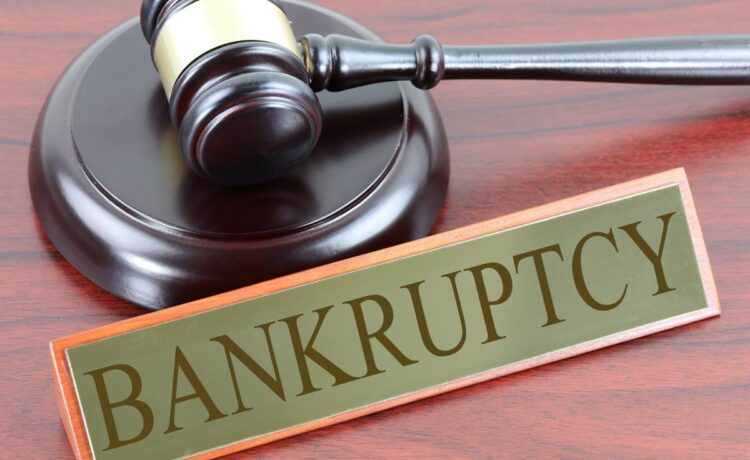Bankruptcy is a legal process in which an individual or the company can address the overwhelming financial challenges and also seek relief from debts. There are various types of bankruptcies available which are tailored to specific circumstances. Therefore, understanding these nuances of bankruptcy is crucial, especially for those who are facing bankruptcy issues.
In this article, we will learn about these different types of bankruptcies and see the specific insights about them. If you are stuck in any such situation of bankruptcy, you can consult any lawyer and press the restart button by visiting their official pages to learn everything about bankruptcy.
What is Bankruptcy?
It is a legal process in which the individual, entity or any company declares that they are unable to pay their financial debt. It is a formal procedure which it provides relief to debtors who are burdened with financial debts which they are unable to repay.
When a person or a company files a bankruptcy case, they work with the courts to create a plan in which they will manage their debts and finances and also how they will liquidate their assets.
What are Different Types of Bankruptcy?
- Chapter 7 Bankruptcy: It is also known as liquidation process. In this bankruptcy, the court-appointed trustee will look into the assets of the debtors and liquidate them to repay the creditors. The proceeds from this liquidation are distributed among creditors, and the remaining debts are discharged. However, this debt does not include the debts of student loans or taxes.
- Chapter 13 Bankruptcy: In this bankruptcy, the court reorganises and plans for your repayment. It is designed for individuals or businesses who can repay their debts with a regular source of income. A plan will be created with the help of banks, and a monthly repayment amount will be decided, which the debtors have to pay for around three to five years.
- Chapter 11 Bankruptcy: This type of bankruptcy is mainly used by businesses as they reorganise their business to repay their debts and assets while continuing to operate. The debtor will be allowed to reorganise their business plan to restructure their finances and operations. This reorganisation is with the goal of gaining profits to pay their debts.
- Chapter 12 Bankruptcy: It is specially tailored for family farmers and fishermen. It allows them to restructure their finances and debts while maintaining their operations. There are similar benefits to Chapter 13, but it is especially for family farmers and fishermen.
- Chapter 9 Bankruptcy: In this type of bankruptcy, there is a repayment plan for municipalities that allows them to repay or restructure their debts while maintaining their essential services for residents. Cities, towns, schools and other such entities mainly use it.
- Chapter 15 Bankruptcy: It deals with the bankruptcy cases of foreign entities and how to resolve them.











